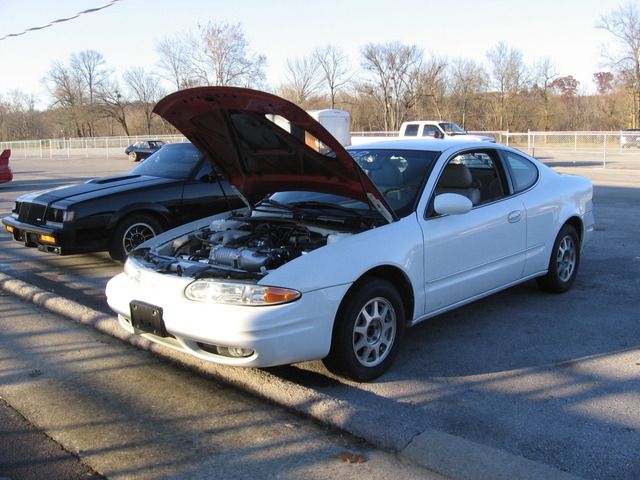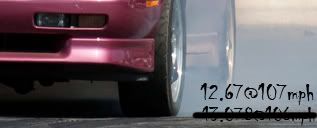Originally posted by TGP37
View Post
And the A2A does get some heat-soak during the burnout, whereas the iced A2W generally will get colder.








Comment